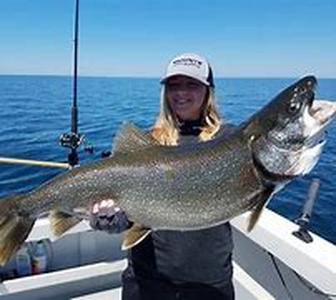
Commonly Known As Bahama Weed Or Indian Doab, The Bermuda Grass Is Of The Cynodon Genus That Belongs To The Dactylon Specie. It Originally Came From The Savannas Of Africa That Thrives In Open Areas Where There Are Regular Activities Of Flooding, Fire And Grazing. Today, The Bermuda Grass Is Spotted In Warm Climates All Over The Globe In Both 45 Degrees Either In North Or South Latitude. It Is Very Abundant In Pasture Lands As Well. In The United States, It Is Called Such Because It Was Introduced From The Island Of Bermuda.A Bermuda Grass Creeps Along The Ground And Up It Roots Whenever A Node Touches The Ground Creating A Thick Mat. It Has A Strong Core System Where Even In Drought Situations It Can Grow Between 47 To 59 Inches Deep. Mostly, It Lies 60 Centimeters Under The Surface. Its Blades Are Of A Grayish- Green Color And Are Usually 1 To 4 Inches Long With Sharp Edges. The Upright Stems Can Grow As Tall As 0.3 To 1.3 Feet Where It Is Lightly Flattened With An Inflorescent Shade Of Purple.Reproduced Through Runners And Rhizomes, Bermuda Grass Kernel- Heads Have Spikes That Are 3 To 7 Centimeters Long. It Will Put Out Seeds By Itself After Three Months That It Has Been Planted. Sprouting At A Temperature Over 20 Degrees Celsius, It Starts To Grow Within Two Weeks Time. Even Just A Single Plant Can Already Cover An Area Of 2.5 Square Meters In Just About 150 Days Prior To The Germination.Still Flourishing Even In Poor Soil But When The Drought Is Heavy, The Upper Parts Die Off. However, Its Growth Would Not Stop Because It Will Be Founded In Its Rhizomes. It Opts A Kind Of Weather That Is Moist And Humid Where There Are More Than 16 Inches Of Rainfall On Annual Basis. On Another Note, It Is An Early Series Of Its Kind And Leads All The Other When It Is Burnt. Often, There Are A Lot Of Forest Fire Incidents In The Savannas Of Africa. For The Native Indians, This Type Of Flora Is Considered Very Sacred For Them Since It Is What They Feed For Their Cows. As To The Ancient Roman Period, The Juice Is Extracted Out From The Stems Then Utilized As Diuretic As Well As An Astringent For The Bleeding To Stop. Until Now, It Is Deemed To Very Invasive Since There Are Only Few Herbicides That Are Effective Against It. Before Mechanized Farming, It Was A Farmers Worst Enemy. However, It Transformed Into One Of The Farmers Best Friends Since It Can Save Thousand Acres From Erosion. It Is Also A Highly Healthy Feed For Both Cattle And Sheep.





